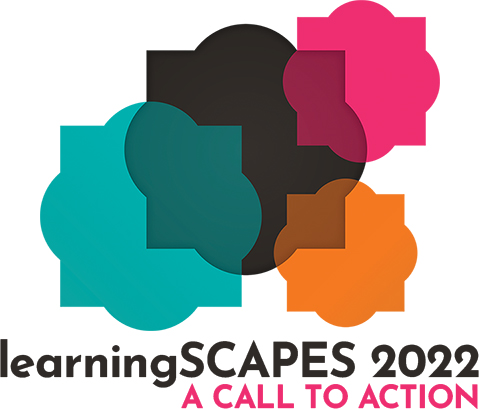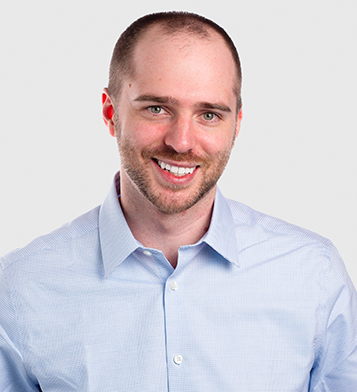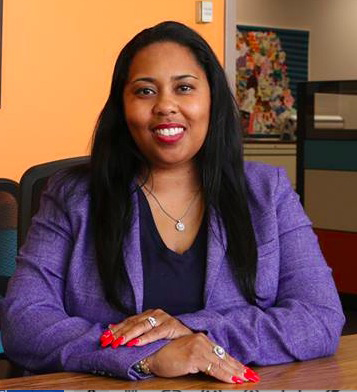 | 1.5 LU |
 | 1.5 LU |
This session lays out established principles of environmental psychology and how space is a powerful element in the learning experience of students. There are many ways in which physical space supports and amplifies Universal Design for Learning (UDL) practices. When designed well, good space makes UDL implementation more fluid and natural. Space is removed as a barrier to exemplary UDL teaching practices. The Mission Bay School in San Francisco USD is a landmark in the future of education spaces supporting UDL in strategic ways that create a new model for school design. The district is in the process of evolving its teaching and learning model and is highly focused on the motto of “each and every student.” This project has and will continue to align with their instructional evolution, setting a new benchmark for the District’s facilities and supporting development of their 2025 vision. With Professional Training spaces integrated throughout (PD Center, Observation Rooms, and space to shadow within the classrooms and learning communities), this school is imagined as one of the district’s primary training centers for its educators. The first of its kind, this education environment establishes a model that supports a more fluid and holistic implementation of UDL providing equal access to education for each and every student and a shared community resource. Whether you’re building new schools, renovating old schools, or simply adapting your teaching spaces, this project inspires and exemplifies ways space can be a catalyst for UDL growth.
Learning Objectives:

Lauren is the K-12 practice leader for Multistudio in San Francisco and is actively embedding UDL concepts into education projects throughout the San Francisco region and beyond. Serving a broad cross section of public and private schools, these applications are as diverse as the students being served. Lauren’s work is user- and outcomes-oriented, and the focus on UDL is a critical part of making every environment a place that fosters student belonging for all.

Kelly is a highly regarded project design leader who collaborates across all studios and has focused his efforts on the translation of UDL and real-world learning principals into the thoughtful execution of educational space design. Committed to increasing design effectiveness through a research-based approach, he draws on his experience teaching research-based design as adjunct professor at The University of Kansas. Kelly also spearheads the firm’s sustainability efforts, promoting long-term fiscal viability for education institutions.

Michael is Lead Researcher for Multistudio and a PhD candidate in the Department of Educational Psychology at the University of Kansas. He uses his background as both a K-12 and higher education instructor to connect research to issues of practice and experience in classrooms, with a focus on equitable application of quantitative methods as a tool for improved teaching and dismantling barriers to success for historically marginalized groups.

Dr. Gibson serves as the Assistant Superintendent of Elementary Schools, Cohort 5 and oversees schools in the west/southwest region of the San Francisco Unified School District (SFUSD). She utilizes the principles of UDL and the Continuous Improvement Science framework to ensure schools create the conditions and coordinate the services necessary to provide access to high quality educational experiences for “each and every” child. Dr. Gibson is committed to closing the achievement gap/opportunity gap, providing equitable supports for children and families, promoting innovation and 21st-century learning, and teaching the “whole child.”
The built and natural environments have profound impacts on our behaviors both for better and worse. How do we cultivate a sense of place for better? How might the built and natural environments be made to enhance teaching and learning? How might school buildings and grounds foster a sense of community by reflecting those they serve?
Primary Core Competency
Educational Visioning: Exhibits an understanding of best and next practices related to educational leadership, programming, teaching, learning, planning and facility design. Establishes credibility with educators, community members and design professionals while conceiving and leading a community-based visioning process. Demonstrates the ability to articulate the impact of learning environments on teaching and learning and uses that ability to facilitate a dialogue that uncovers the unique needs and long-range goals of an educational institution and its stakeholders – translating that into an actionable written/graphic program of requirements for the design practitioner.